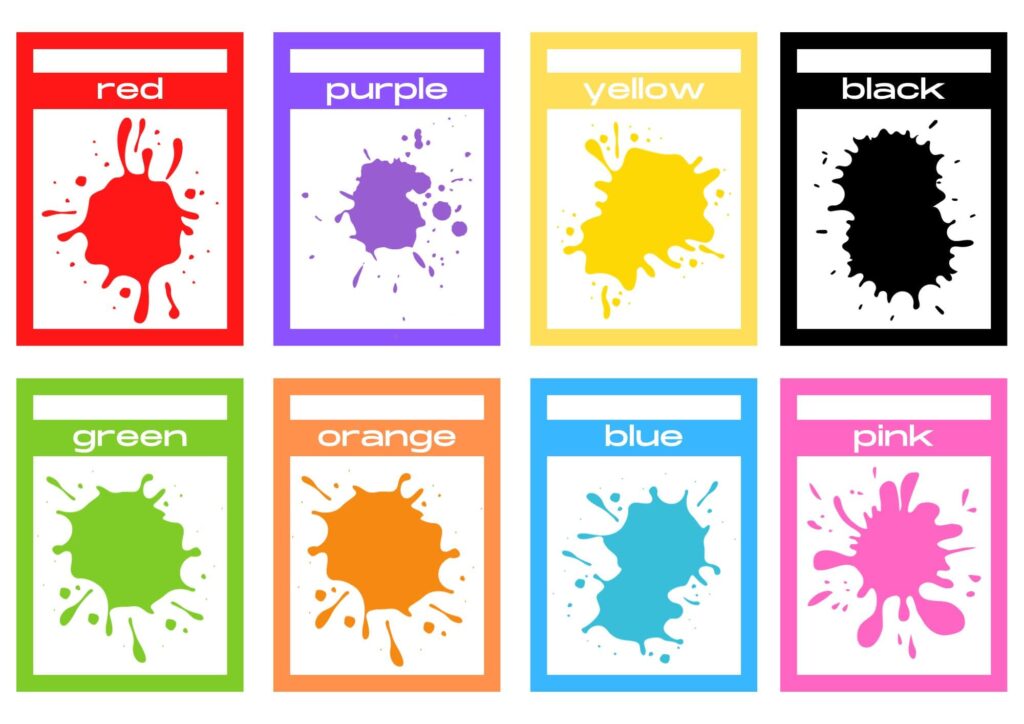
Paint Colors Introduction :
Selecting the perfect paint colors for your home or office is a decision that can significantly impact the overall ambiance and aesthetics of your space. Whether you’re planning a complete interior makeover or just want to freshen up the walls, the choices you make regarding paint colors are essential. In this comprehensive guide, we’ll explore the principles of color psychology and design to help you make informed decisions. From soothing shades for bedrooms to energizing tones for offices, we’ll provide tips and insights to ensure you choose the right paint colors for your specific needs.
Understanding Color Psychology :
Before diving into color selection, it’s essential to understand the basics of color psychology. Colors have the power to influence our emotions and behaviors. For example, warm colors like reds and yellows tend to evoke energy and passion, while cooler tones like blues and greens create a sense of calm and relaxation. Neutral colors like whites, grays, and beiges provide versatility and a clean canvas for other design elements.
Residential Color Selection :
- Living Areas: For communal spaces like living rooms, consider warm and inviting colors like soft blues, warm grays, or earthy greens. These tones promote relaxation and encourage social interaction.
- Bedrooms: Bedrooms should exude tranquility and promote restful sleep. Opt for soothing colors like light blues, lavenders, or gentle grays. Soft pinks and muted greens can also create a serene atmosphere.
- Kitchen and Dining Areas: Kitchens and dining rooms often benefit from bright and appetizing colors. Yellows, warm oranges, and light greens can stimulate appetite and create a cheerful atmosphere.
- Bathrooms: Bathrooms can embrace spa-like tranquility with cool colors such as pale blues, greens, or soft aquas. Neutral tones like whites and light grays provide a clean and fresh feel.
Office Color Selection :
- Productivity-Focused Colors: To boost productivity in an office setting, consider vibrant and energetic colors like shades of blue, green, or even red. These colors can stimulate focus and creativity.
- Calm and Concentration: For areas where concentration is key, such as conference rooms or individual workspaces, opt for softer blues or muted greens. These colors encourage a calm and focused mindset.
- Reception and Waiting Areas: Create a welcoming and inviting atmosphere in reception and waiting areas with warm neutrals, soft yellows, or muted oranges. These colors can make visitors feel comfortable and relaxed.
- Brand Alignment: Consider your brand colors when painting office spaces. Incorporating brand colors into the decor can reinforce your company’s identity and create a cohesive look.
Practical Considerations :
- Lighting: The amount and type of natural and artificial light in a room can affect how paint colors appear. Test paint samples under different lighting conditions to ensure the chosen color looks the way you want it to.
- Size and Layout: Smaller rooms can benefit from lighter colors that create a sense of space, while larger rooms can handle darker, more dramatic colors. Consider the room’s size and layout when making color decisions.
- Flow and Cohesion: Maintain a cohesive color palette throughout your home or office. Use complementary or analogous colors to create a harmonious flow between rooms.
- Personal Preferences: Ultimately, your preferences matter most. Choose colors that resonate with you and align with the atmosphere you want to create in your space.
Conclusion :
Selecting the right paint colors for your home or office is a creative and personal endeavor. By considering the principles of…
Explore more informative articles by checking out our other blog posts.
